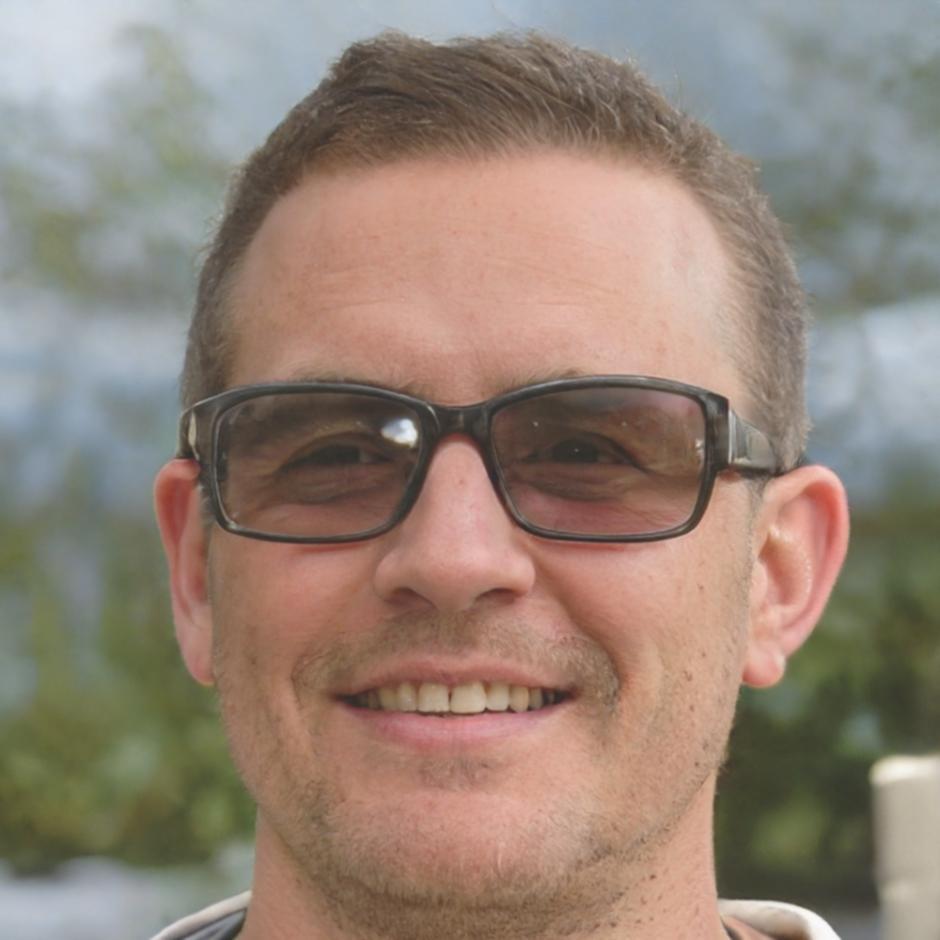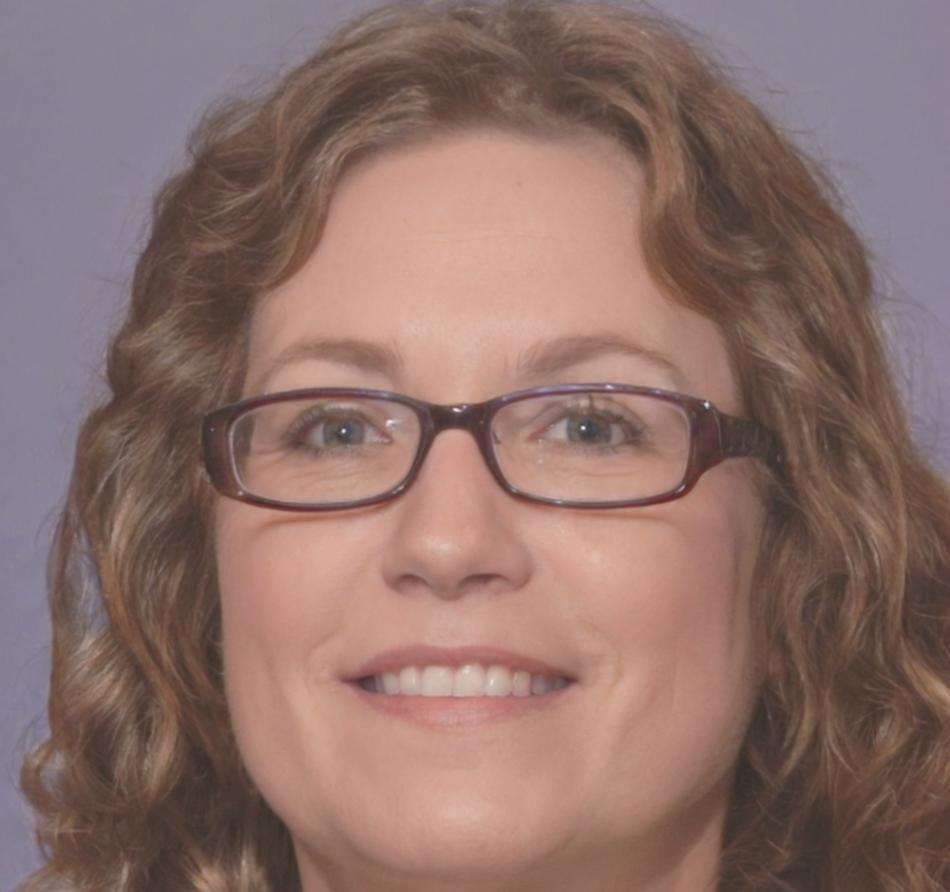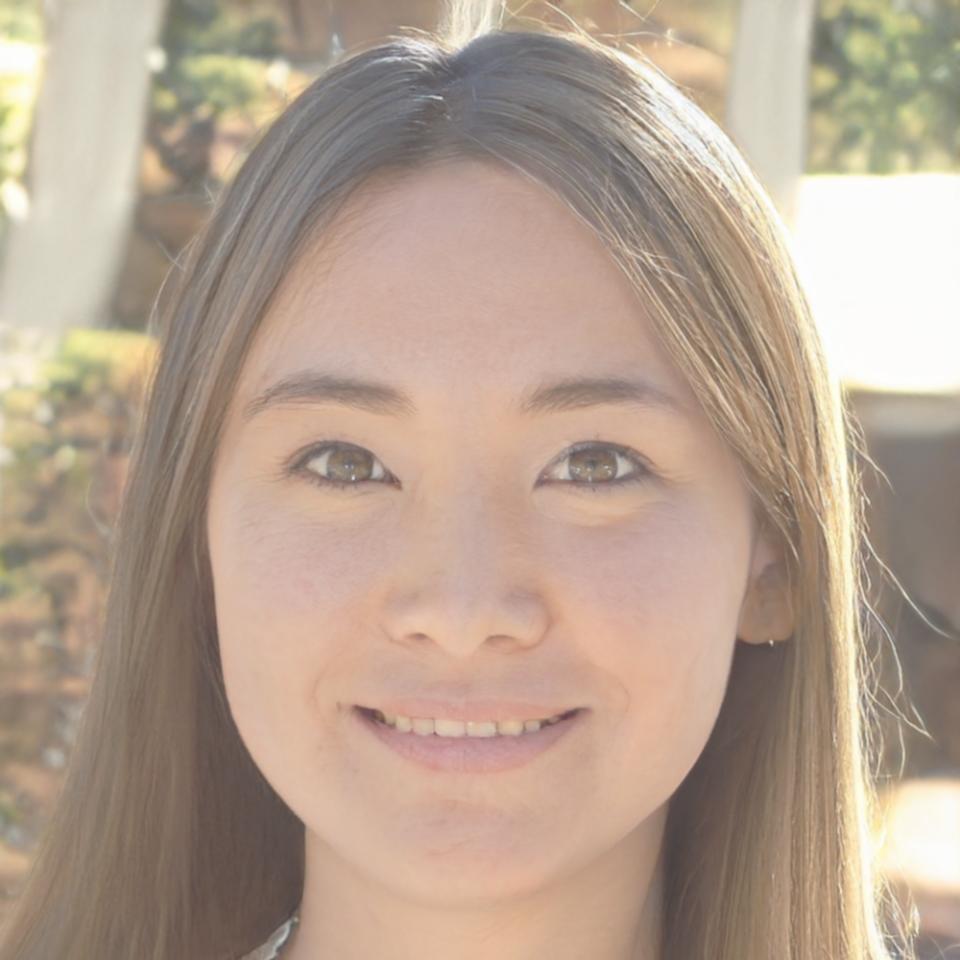Real Projects, Real Skills
Our students aren't just learning theory. They're building actual financial analysis tools and working with genuine business scenarios. Here's what happens when you combine solid instruction with hands-on practice.
Featured Work from 2024-2025
These aren't demo projects with fake data. Each one solved a specific problem for an Australian business or organization during our autumn program.
Cash Flow Forecasting Dashboard
Completed by Kellan Thorburn
A Brisbane café chain needed better visibility into their weekly cash position across five locations. This dashboard pulls transaction data and predicts cash needs three weeks out, helping them optimize banking trips and reduce idle cash.
Supplier Payment Analysis
Completed by Aoife Pemberton
A manufacturing client was losing track of early payment discounts. This tool analyzes payment terms across 200+ suppliers and calculates the actual cost of paying late versus the benefit of paying early. Saved them about 15k in the first quarter.
Break-Even Calculator Suite
Completed by Seren Whitlock
Built for a consulting firm that works with startups. This suite lets their clients model different pricing strategies and see how changes affect profitability. It includes scenario planning and sensitivity analysis that non-finance people can actually understand.
Expense Category Automation
Completed by Ruairi Blackwood
A property management company was manually categorizing thousands of monthly transactions. This system uses pattern recognition to auto-categorize expenses with 92% accuracy, cutting their bookkeeping time by half.
How Students Build These Skills
The progression from basic concepts to complete projects takes about eight months. We structure learning around increasingly complex real-world challenges.
Foundation Phase
Weeks 1-8
Financial statements, ratios, and basic analysis techniques. Students work with anonymized data from actual Australian businesses to understand how numbers tell stories about company health.
- Reading balance sheets and income statements
- Calculating and interpreting key ratios
- Building basic Excel models
- Understanding cash versus profit
Technical Development
Weeks 9-18
Introduction to Python, SQL, and advanced Excel. The focus shifts from theory to tools. Students learn to handle messy data, automate repetitive tasks, and build systems that scale.
- Python fundamentals for data analysis
- Database querying and management
- Advanced Excel functions and VBA
- Data cleaning and validation
Applied Projects
Weeks 19-28
Working with partner organizations on specific problems. Students pitch solutions, get feedback, and iterate. This is where technical skills meet business communication.
- Client requirement gathering
- Solution design and prototyping
- Testing with real data
- Documentation and handover
Portfolio Development
Weeks 29-32
Refining projects for presentation and creating case studies. Students learn to explain technical work to non-technical audiences and document their problem-solving process.
- Writing clear project documentation
- Creating presentation materials
- Building a professional portfolio
- Preparing for job interviews
What Makes These Projects Work
The difference between a classroom exercise and something businesses will actually use comes down to a few things. You need to understand the real constraints people work under, the systems they already have, and what they'll actually maintain after you're gone.
Our students spend time in the businesses they're building for. Not just collecting requirements, but watching how people work and where the friction points are. A solution that looks elegant on paper but requires twenty minutes of manual data entry every morning isn't solving anything.
Partner Organizations
We work with about fifteen Queensland businesses and nonprofits each year. They get free analysis work, students get genuine experience, and we get feedback on what skills actually matter in 2025.

What Students Say
The program isn't easy, and it shouldn't be. Here's what people who went through it have to say about the experience.

Caspian Falkenrath
2024 Graduate
The hardest part was realizing that the technical skills are maybe thirty percent of the job. The rest is figuring out what problem you're actually solving and explaining it to people who don't care about your code.

Brynn Oswald
2024 Graduate
I came in thinking I'd learn Python and get a job. I did learn Python, but what got me hired was being able to walk through my project work and explain the decisions I made when things didn't go as planned.

Dagny Kirkland
2025 Current Student
Working with actual businesses means dealing with incomplete data, changing requirements, and people who don't respond to emails for two weeks. It's frustrating and also exactly what I needed to learn.
Next Intake: September 2025
Applications open in May for our autumn program. If you want to build real analytical skills and have something concrete to show employers, this might be worth your time.